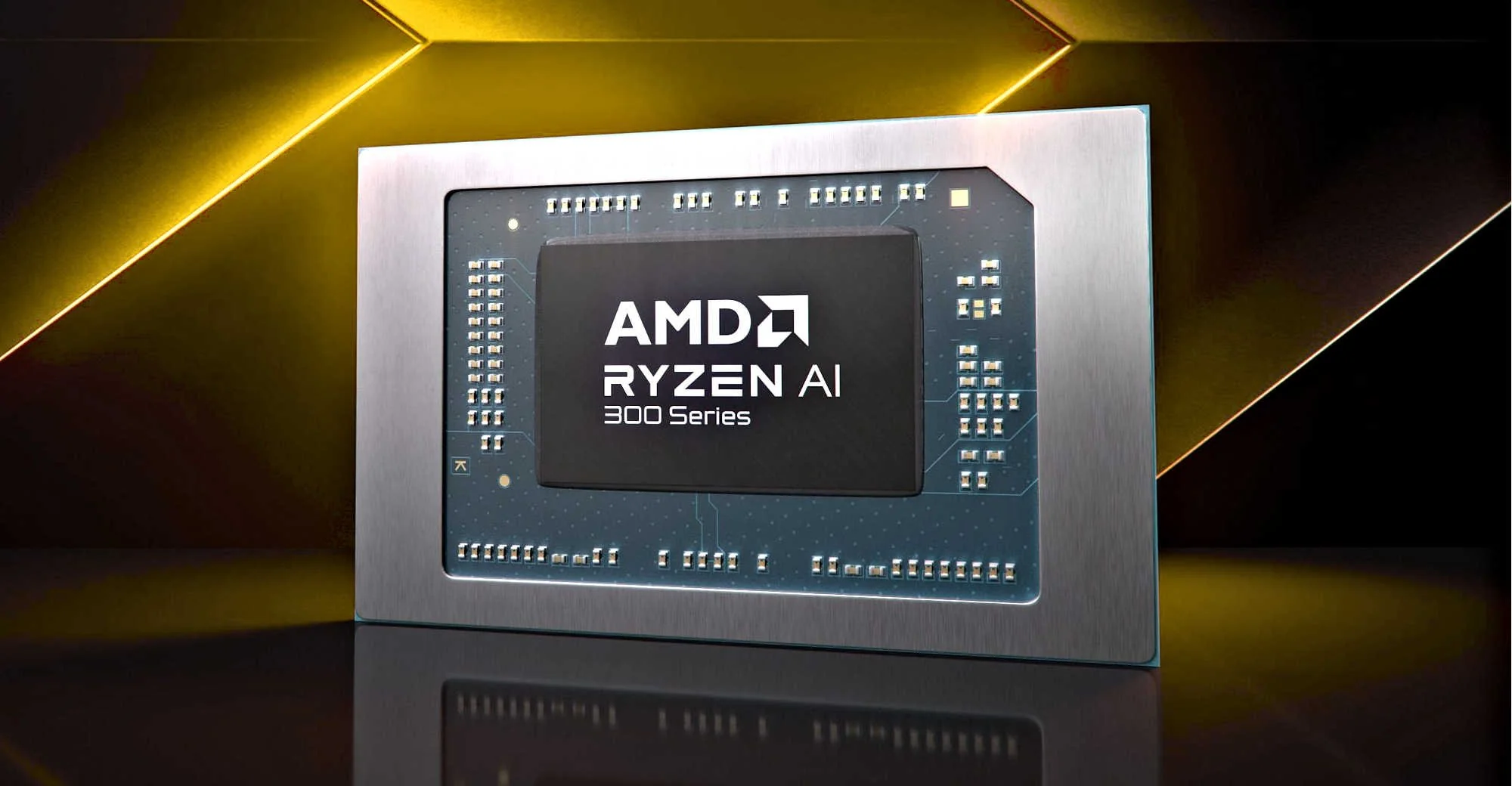In an exciting development for Linux users with AMD processors, recent kernel patches leveraging the new INVLPGB instruction are showing remarkable performance improvements. This instruction, exclusive to AMD processors, is designed to optimize memory management, resulting in huge speed-ups across various tasks, including system boot times, application performance, and overall responsiveness. Here’s a detailed look at what the INVLPGB instruction is, how it works, and why this is a game-changer for Linux systems.
What Is the AMD INVLPGB Instruction?
The INVLPGB (Invalidate TLB Global) instruction is a new feature introduced by AMD in its latest processors, aimed at improving the efficiency of Translation Lookaside Buffers (TLB)—a crucial component in memory management. TLBs store the most recent translations of virtual memory addresses to physical memory, and efficiently managing this cache is critical for system performance.
In multi-core and multi-threaded environments, the ability to invalidate entries in the TLB cache across all cores (hence “Global”) can significantly reduce the overhead of keeping these caches up to date, especially when there are frequent memory access changes or context switches. The INVLPGB instruction provides a more efficient method for this invalidation, allowing for quicker synchronization of memory mappings across all processors, leading to faster overall system performance.
Why Does It Matter for Linux?
The Linux kernel is highly dependent on efficient memory management, especially when handling large applications, virtual machines, and processes that require rapid context switching. Traditionally, invalidating entries in the TLB was a costly operation. However, with the introduction of the INVLPGB instruction, AMD has provided a more direct and efficient way to perform this task, thus reducing the performance hit that comes with TLB invalidation.
By incorporating this instruction into the Linux kernel, developers can unlock substantial performance improvements, particularly in systems with AMD processors. The impact is especially noticeable on systems running workloads that involve heavy memory operations, such as data processing, gaming, virtualization, and high-performance computing tasks.
The Speed-Up: Real-World Benefits
The integration of the INVLPGB instruction into the Linux kernel is showing substantial speed-ups in various areas of system performance. Here are the key benefits:
- Improved Boot Times
One of the immediate areas where the INVLPGB instruction provides a benefit is in reducing boot times. As the kernel can now invalidate TLB entries more efficiently, system startup is faster, reducing the time it takes for a system to be ready for use. - Enhanced Application Performance
Applications that rely heavily on memory access, such as databases, video rendering software, and large-scale simulations, are seeing noticeable performance boosts. With quicker memory address translation and invalidation, the applications run more efficiently, reducing latency and increasing throughput. - Better Multitasking and Context Switching
In environments where multiple processes or threads are running concurrently, such as server systems or virtualized environments, faster context switching can lead to significant overall performance improvements. The INVLPGB instruction speeds up memory management across multiple threads, allowing the CPU to quickly switch between tasks without the overhead typically associated with TLB invalidation. - Optimization for Virtualization
AMD processors have become increasingly popular for virtualization workloads, as they offer high core counts and good memory handling capabilities. The INVLPGB instruction has a huge impact on these systems, where the need for fast and efficient memory management is critical. Virtual machines running on AMD-based Linux systems can benefit from better memory performance, leading to a smoother and more responsive experience for users. - Reduced CPU Overhead
By reducing the need for time-consuming TLB invalidation operations, the INVLPGB instruction also reduces the overhead on the CPU, freeing up resources for other tasks. This leads to better overall system responsiveness and improved performance in CPU-intensive applications.
How Do These Linux Kernel Patches Work?
The Linux kernel patches that enable the use of the INVLPGB instruction are part of ongoing improvements in how the kernel interacts with hardware. These patches are integrated into the kernel’s memory management subsystem, where they optimize the handling of TLB invalidations during context switches and memory mapping changes.
Once the patches are applied, the Linux kernel can utilize the INVLPGB instruction on compatible AMD processors to perform TLB invalidation much more efficiently. The result is a smoother experience for users and administrators alike, particularly in high-performance computing environments where memory management is crucial.
Which AMD Processors Support INVLPGB?
The INVLPGB instruction is available on newer AMD Ryzen, EPYC, and Threadripper processors, particularly those based on the Zen 4 architecture and beyond. These processors bring a host of enhancements to memory management, and the inclusion of INVLPGB provides an additional performance boost for workloads requiring intensive memory operations.
While the instruction is available in the hardware of supported processors, the Linux kernel must be updated to fully take advantage of it. Kernel patches are available in recent Linux distributions, and users running AMD-based systems can install the latest kernel version to enable the performance benefits.
Potential Challenges and Considerations
Although the speed-ups from INVLPGB are promising, there are some important considerations to keep in mind:
- Hardware Compatibility
The INVLPGB instruction is only supported on newer AMD processors, so users with older CPUs will not benefit from this improvement. Users with CPUs older than the Zen 4 architecture should consider upgrading to take full advantage of the performance enhancements. - Kernel Updates
To benefit from these improvements, users must update their Linux kernel to a version that includes the relevant patches. Kernel updates may not always be immediately available in all Linux distributions, so users should check their distro’s release notes to ensure that the patches have been included. - Impact on Specific Workloads
While the improvements are significant for certain types of workloads, not every user will see the same level of performance gains. Users who don’t perform memory-intensive tasks may not notice a substantial difference, though the overall system responsiveness should still improve.
How to Get the Performance Boost
If you are running an AMD-powered Linux system and want to experience the performance boost from INVLPGB, ensure that you are using a kernel that includes the relevant patches. You can check your current kernel version and update it if necessary:
- Check Kernel Version
Run the following command in your terminal to check your current kernel version:uname -r - Update the Kernel
If your kernel is not up to date, you can update it using your Linux distribution’s package manager. For example, on Ubuntu, you can use:sudo apt update && sudo apt upgrade - Reboot the System
After updating, reboot your system to apply the kernel changes.
Conclusion: A Game-Changer for AMD Linux Users
The integration of the AMD INVLPGB instruction into Linux kernel patches is a game-changer for users with AMD processors. With significant speed-ups in system performance, especially in areas like boot times, application performance, and multitasking, these patches provide tangible benefits for anyone using Linux on AMD hardware. Whether you’re a developer, gamer, or running virtual machines, the INVLPGB instruction is an essential step forward in optimizing Linux for AMD systems.
As AMD continues to innovate in memory management, the performance advantages of its processors combined with Linux’s open-source flexibility are set to redefine how high-performance tasks are handled on personal and enterprise systems alike.











